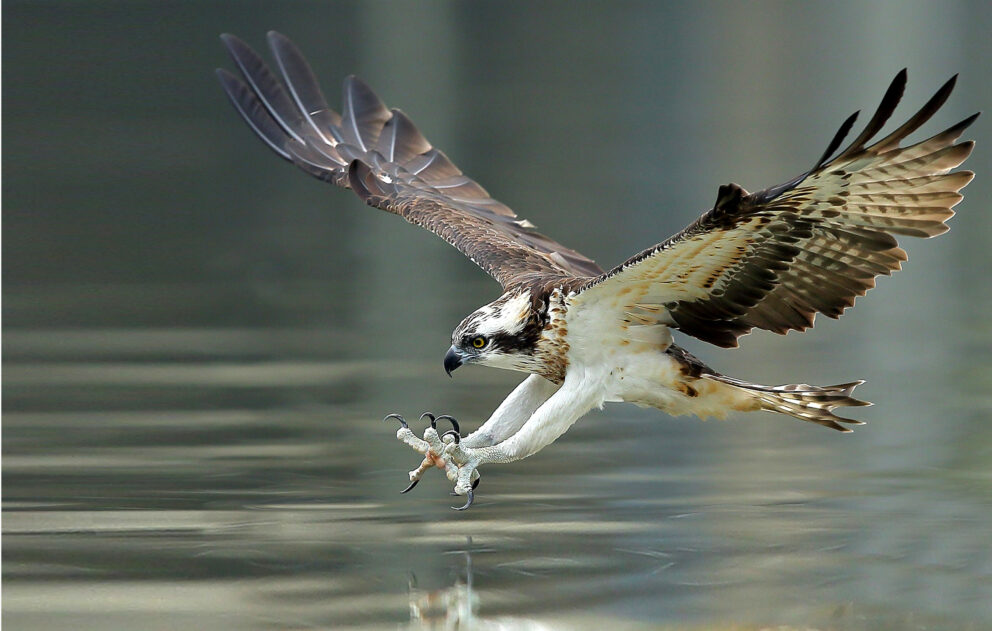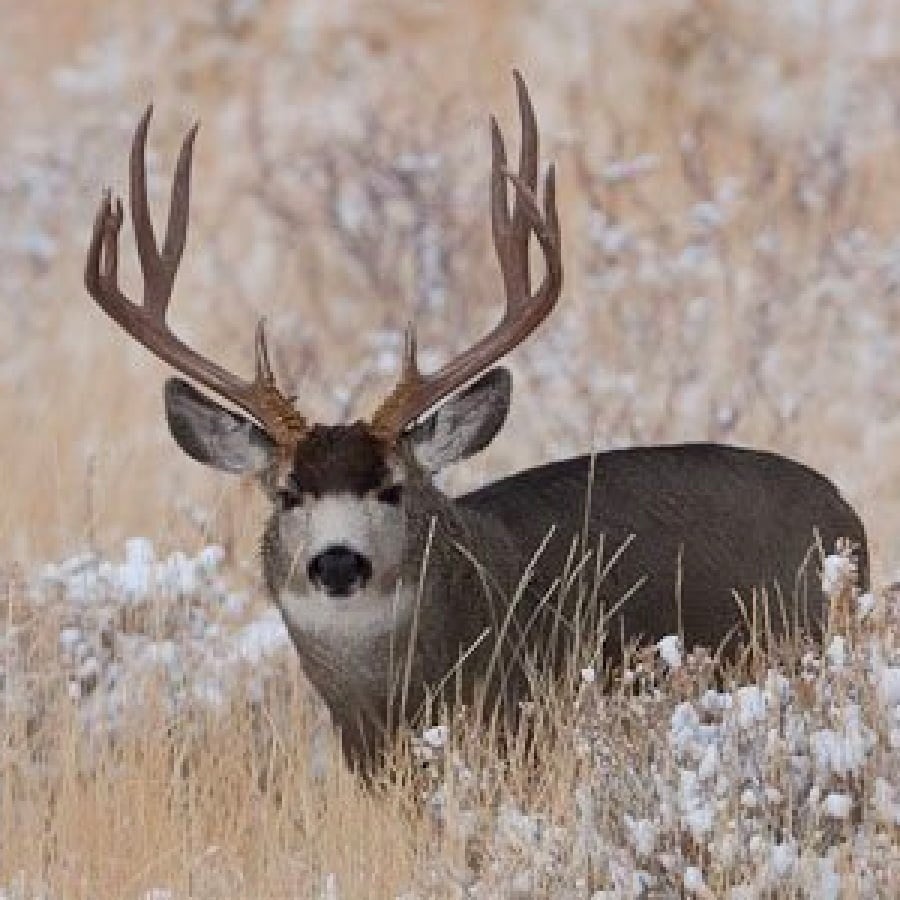- SCIENTIFIC NAME
- Pandion haliaetus
- CLASSIFICATION
- Bird
- LIFE SPAN
- 10-20 Years
- SIZE
- 21-22” | 3-5lbs
- STATE CONSERVATION STATUS
-
- State Protected
- FEDERAL CONSERVATION STATUS
- Least Concern
- GAME STATUS
- Non-Game
- GAME TYPE
- None
- Washoe
- Humboldt
- Pershing
- Churchill
- Mineral
- Lyon
- Douglas
- Carson City
- Storey
- Elko
- Lander
- Eureka
- White Pine
- Esmeralda
- Nye
- Lincoln
- Clark
Habitat & Range
Osprey can be found almost anywhere in North America. Year-round they are seen in the Southeastern US and migrate west and north during the breeding season. In Nevada, they can be found throughout the state, especially during migration. Breeding pairs can be found in the western part of the state.
- Lakes and reservoirs
- Marsh
- Rivers and streams
Threats
- Habitat Loss
- Pesticides
- Water Pollution
Natural History
Osprey typically have 1 brood that contains 1-4 eggs. They build their nests at the tops of trees or tall human-made structures and are never far from a body of water. Osprey rely on fish as their primary food source, accounting for 99% of their diet. Osprey are the only hawks in North America known to have a diet of entirely fish, and they are incredibly efficient. They’ll fly away with a successful catch in 1 out of every 4 attempts.
Osprey are a bird of prey that were affected by DDT. Like Bald Eagles, they are a conservation success story as the regulation of DDT and pesticides helped their numbers to rebound. They are now a common sight around bodies of water in Nevada
Fun Facts














